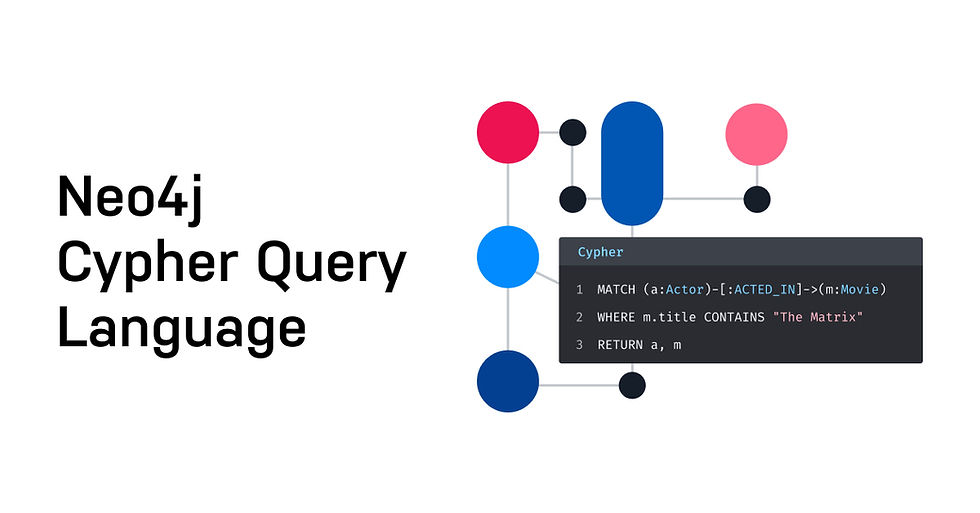
In the realm of data analytics, graphs offer a unique and powerful way to represent and analyze complex relationships. When it comes to flight data, this can be particularly useful for understanding routes, passenger flows, and airline networks. Neo4j's Graph Data Science (GDS) Library is an exceptional toolset designed to perform advanced graph analytics within Neo4j, providing a collection of algorithms aimed at extracting valuable insights from graph data. Let's dive into how the GDS library can be utilized to analyze flight data.
Overview of Neo4j's Graph Data Science Library
The GDS library offers a wide array of algorithms that fall into several categories, each tailored to specific analytical purposes. These algorithms can help uncover valuable insights from flight data, such as identifying key airports, understanding route efficiencies, and detecting community structures within the network of flights.

Centrality Algorithms
Centrality algorithms are crucial for identifying the most influential or pivotal nodes within a network. In the context of flight data, these nodes could represent major airports or key transit hubs.
PageRank: This algorithm helps determine the importance of each node (airport) in the graph. By analyzing the number and quality of connections to a node, PageRank can highlight which airports are the most influential in terms of passenger traffic and connectivity.
Community Detection Algorithms
Community detection algorithms are designed to uncover distinct clusters or communities of nodes, which can reveal cohesive groups or substructures within the graph.
Louvain Modularity: This algorithm helps detect communities within the flight network. For instance, it can identify clusters of airports that have a high volume of intra-cluster flights, indicating regional airline hubs and their connected cities.
Similarity Algorithms
Similarity algorithms quantify the likeness or resemblance between nodes or sets of nodes. In flight data analysis, these algorithms can be useful for comparing routes or identifying similar travel patterns.
Jaccard Similarity: This algorithm measures the similarity between two sets of nodes. It can be used to compare passenger lists between flights to identify common travel patterns or to find similar routes between different airlines.
Pathfinding Algorithms
Pathfinding algorithms are essential for discovering the most efficient routes or connections between nodes within a graph. This is particularly useful in optimizing flight routes and understanding the shortest paths between airports.
Dijkstra's Algorithm: This well-known algorithm finds the shortest path between two nodes in a graph. In the context of flight data, it can help identify the most efficient flight routes between two airports, taking into account factors like distance and layovers.
Applying the GDS Library to Flight Data
To illustrate how these algorithms can be applied to flight data, let's consider a few practical examples:
Identifying Key Airports: Using the PageRank algorithm, we can identify the most influential airports in a global airline network. Airports with the highest PageRank scores are likely to be major hubs that facilitate the largest volume of passenger traffic.
Discovering Regional Hubs: By applying the Louvain Modularity algorithm, we can detect communities within the flight network. This can help airlines and travel agencies understand regional hubs and optimize their routes for better connectivity within those communities.
Comparing Travel Patterns: The Jaccard Similarity algorithm can be used to compare the travel patterns of different passenger groups or to identify similar routes operated by different airlines. This can be valuable for market analysis and competitive strategy.
Optimizing Flight Routes: Dijkstra's Algorithm can help airlines find the shortest and most efficient routes between airports, reducing travel time and operational costs.
Conclusion
Neo4j's Graph Data Science Library provides a versatile and powerful set of tools for analyzing complex graph data, such as flight networks. By leveraging centrality, community detection, similarity, and pathfinding algorithms, analysts can uncover hidden patterns, optimize routes, and gain valuable insights into airline operations. Whether you are an airline looking to optimize your network or a data scientist interested in exploring complex relationships within flight data, the GDS library is an invaluable resource for your analytical toolkit.
Comentarios